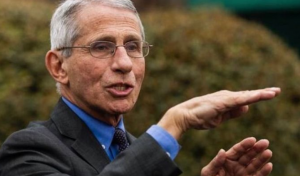Finance Minister Nirmala Sitaraman will present the Union Budget for the Financial Year 2021-22 to the Parliament on February 1.
It is expected that the Central government will increase its spending on the healthcare sector in India, especially after the COVID-19 pandemic has resulted in over 1 lakh deaths across the country. The public health crisis has reflected the gaps in the country’s healthcare infrastructure, as hospitals have repeatedly struggled to accommodate patients over the past 10 months. Access to quality health services has also been a challenge in the nation, as lack of the required equipment and PPE kits has threatened to overwhelm frontline health workers. Glaring disparities across regions (urban and rural), and socio-economic classes have also come to the forefront during this time.
Full coverage: Union Budget 2021
According to media reports, in the last decade, India has spent close to 1% of its GDP on healthcare. As per the National Health Policy released in 2017, the Central government planned to increase spending on healthcare to 2.5% of the GDP. In the 2020 Budget, an allocation of Rs 69,000 crore was announced, which was only 1.6% of the GDP.
According to the Economic Survey 2020, the spend on healthcare, as a percentage of total expenditure, has remained stuck at 5.3% over FY 2019 and FY 2018.
“Health and investment in health is going to be critical, not only to keep our lives safer but also to make our health-related expenditure more predictable,” Sitharaman was quoted saying at a conference hosted by the Confederation of Indian Industry in November last year.
Also read: GDP, Fiscal deficit, Capital Budget – Terms you need to know before Budget 2021
Given the fact that this will be the first Budget to be announced after the pandemic hit, ramping up the spending on healthcare is necessary, with the rollout of the COVID-19 vaccine underway across the nation.
Players in the healthcare sector are expecting that the Central government will announce measures that support and uplift the industry, that is still reeling under the crippling effects of the COVID-19 pandemic (along with many others).






